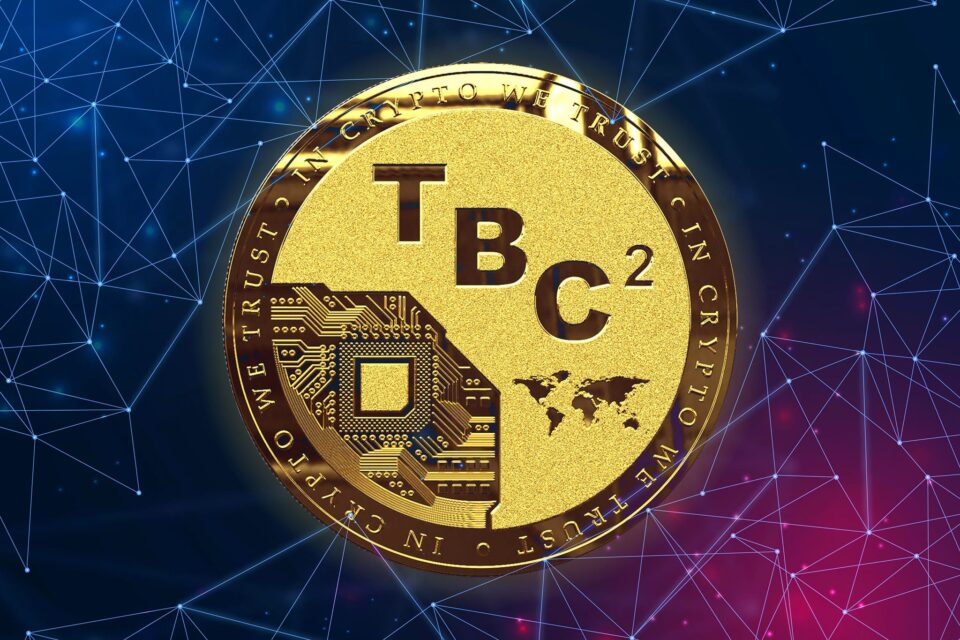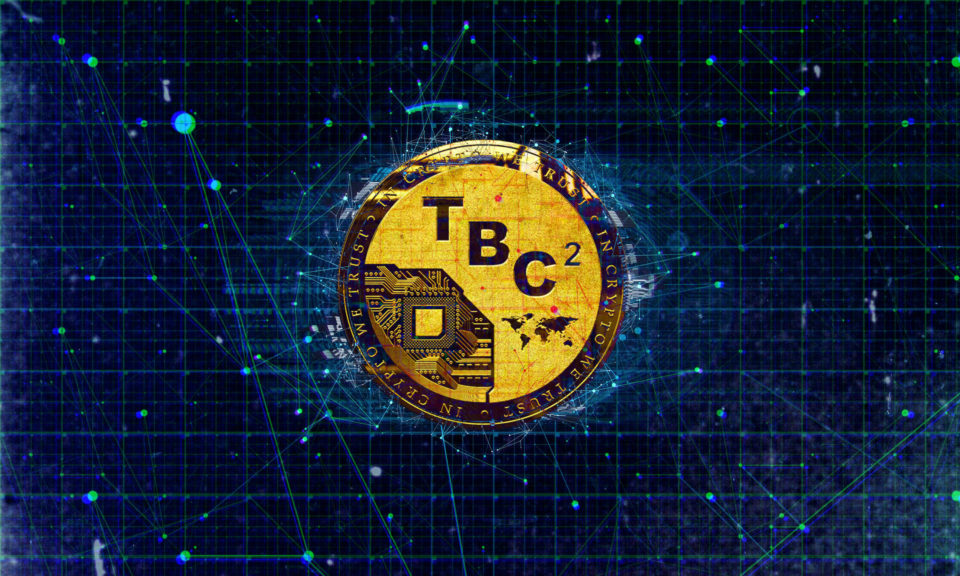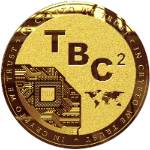
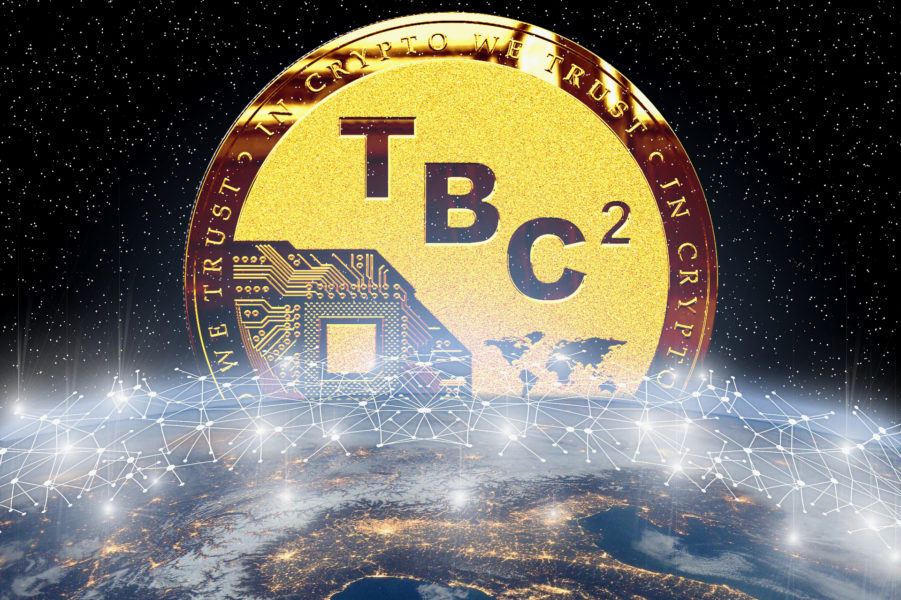
Decentralized Finance (DeFi) is the hot keyword in crypto these days. The emerging technology is making waves in the legacy finance industry and also turning heads at Wall St. DeFi has the potential to make crypto mainstream if users are aware of the possibilities and advantages when compared to the existing traditional system. Let’s take a look at the workings of banks and DeFi for a comparison and better understanding.

It Starts with Banks
Banks, the most basic financial institution everyone interacts with, have ways of generating what we call ‘interest’. You deposit money in your account and receive a fixed interest rate. The bank lends that money to a borrower for a higher interest rate. For example, let’s say you deposit money for a 2% annual interest rate. Someone borrows that money from the bank at 10% interest rate. At the end of the term, the bank gets the money back with the additional 10% however you are only getting 2%, the other 8% goes to the bank’s profit book. So, in this example case you missed out on 8% interest income which can make a huge difference.
Problems of Centralized Finance
The bank as an institution works like a middleman entity to facilitate the deposit and borrowing process for the users while they make profits from the difference of the interest rates or any other return they receive from the borrower. Due to the centralized nature of the financial system you’re not completely in control of your money. The recent fallouts of crypto-lending platforms like Celsius, Three Arrows Capital, Voyager and more shows how bad management policies can lead to accounts being frozen, withdrawals halted and so on. These big-name platforms were paying up to 10% interest a year, operating legally with billions of dollars in trading volume. Despite all the good aspects the centralized nature of operations had, it eventually led to a big collapse due to poor management from the companies involved. If you as an individual are allowed to make these decisions with your own money then the friction and risk of the middleman can be nullified.
What DeFi Does Different
DeFi solves the ‘middleman’ point of failure. Unlike a centralized financial institution, true DeFi platforms serve only as a portal for lenders and borrowers to interact and make their own deals at the agreed upon rates and terms. Borrowers deposit collateral assets to borrow against. Every step of the deal is managed and executed by a smart contract which is immutable and automated. For example, if a borrower fails to repay the loan and interest during the agreed upon timeframe the smart contract will allow for the borrower’s collateral to be liquidated (sold) to cover the debt owed. The platform makes money from the transaction fees or agreed rate from the user activity without having any central control of any kind. This makes the process much more transparent and maximizes profits for both parties as there is no middleman effect.
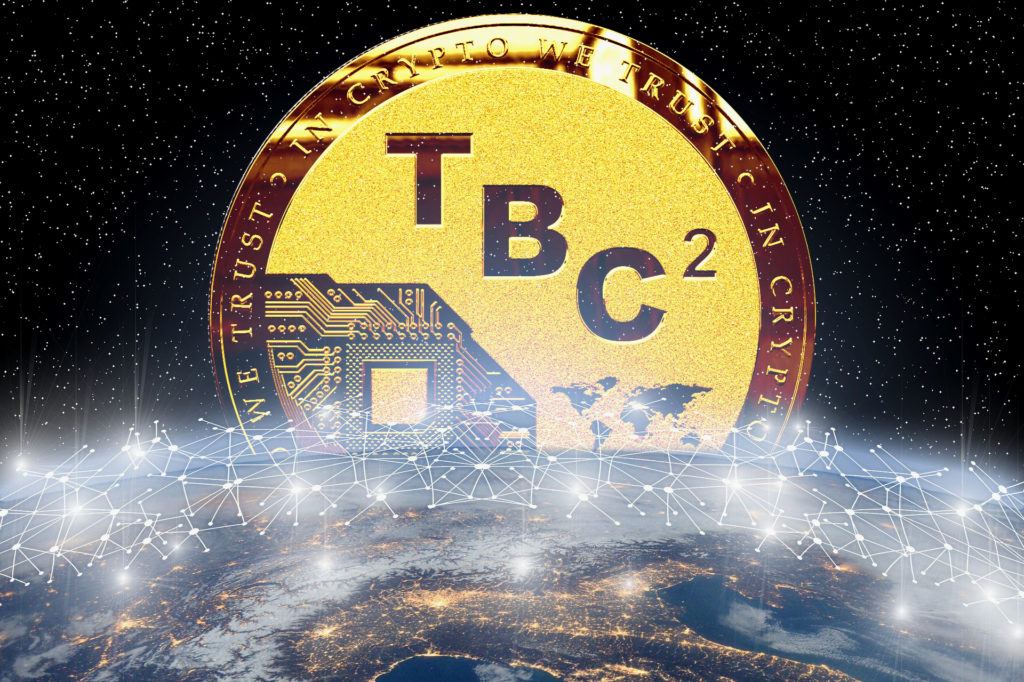
TBC2 Will Have DeFi
If you have been following our updates you will be aware about the rebranding of TBC2, which includes the entire system transfer to Polygon chain and will allow the rebranded TBC2 to integrate many DeFi aspects. We will have staking, yield farming and liquidity pools. Utilizing these applications users will be able to generate additional income from their assets instead of selling out for cash.
We’re in the last rounds of the distribution phase. HODL and keep posted for the latest updates.

Subscribe To Our Newsletter
Subscribe to our email newsletter today to receive updates on the latest news, tutorials and special offers.
